I recently purchased a wonderful 1927 book of wallpaper samples, borders and chair rail designs – in all over two hundred samples. The manufacturer was R. Fedderman & Sons, Inc. of Boston. Included in this post are a few samples of these period wallpapers. The first sample layered two different wallpapers. The first one showed scenes and the second one created framing for the scenes, making the room appear as if it were covered with artwork. How did the tradition of using wallpaper begin?
Starting in the Middle Ages, the nobility began to hang large tapestries to give more visual warmth and interest to their otherwise stern looking stone walls. However, the cost of tapestries was out of the reach of all but a few privileged people. Wars and other political issues also often interrupted the trade of such items. Not surprisingly, the first wallpapers that were made depicted scenes reminiscent of to those on the tapestries.
England and France were the early leaders in the manufacturing of wallpaper. In those days, wallpapers were hand printed using hand-carved blocks of paper, which was an ancient printing method. Today, Zuber at Cie. of France is the only known wallpaper manufacturer still producing wood-blocked wallpaper.
The Industrial Revolution transformed the wallpaper-making process. At the end of the eighteen century, a machine was inverted that made continuous lengths of wallpaper. Early in the nineteenth century, the first steam-powered printing presses were invented in England and made possible the mass production of inexpensive wallpapers, thereby making it available to the middle class. Those technologies were quickly brought over to the United States as well. By the time the twentieth century came along, wallpaper had become one of the most popular household-decorating items. It remained so for most of the century. In the late 1980’s, the emergence of Faux Finishing and the development of a myriad of new decorative finishing products and methods sent the wallpaper market into a major downspin, from which it has not recovered yet.







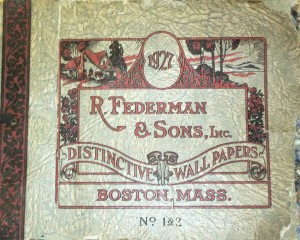
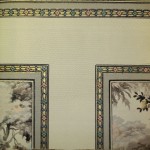
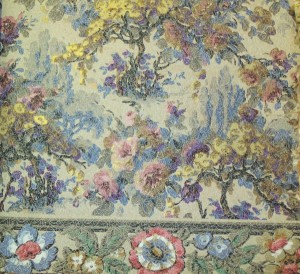
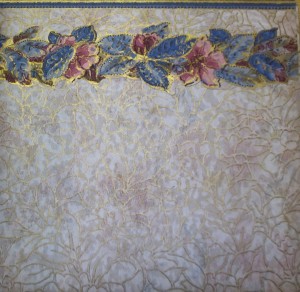
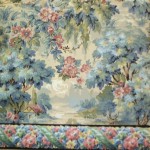
 Follow
Follow
